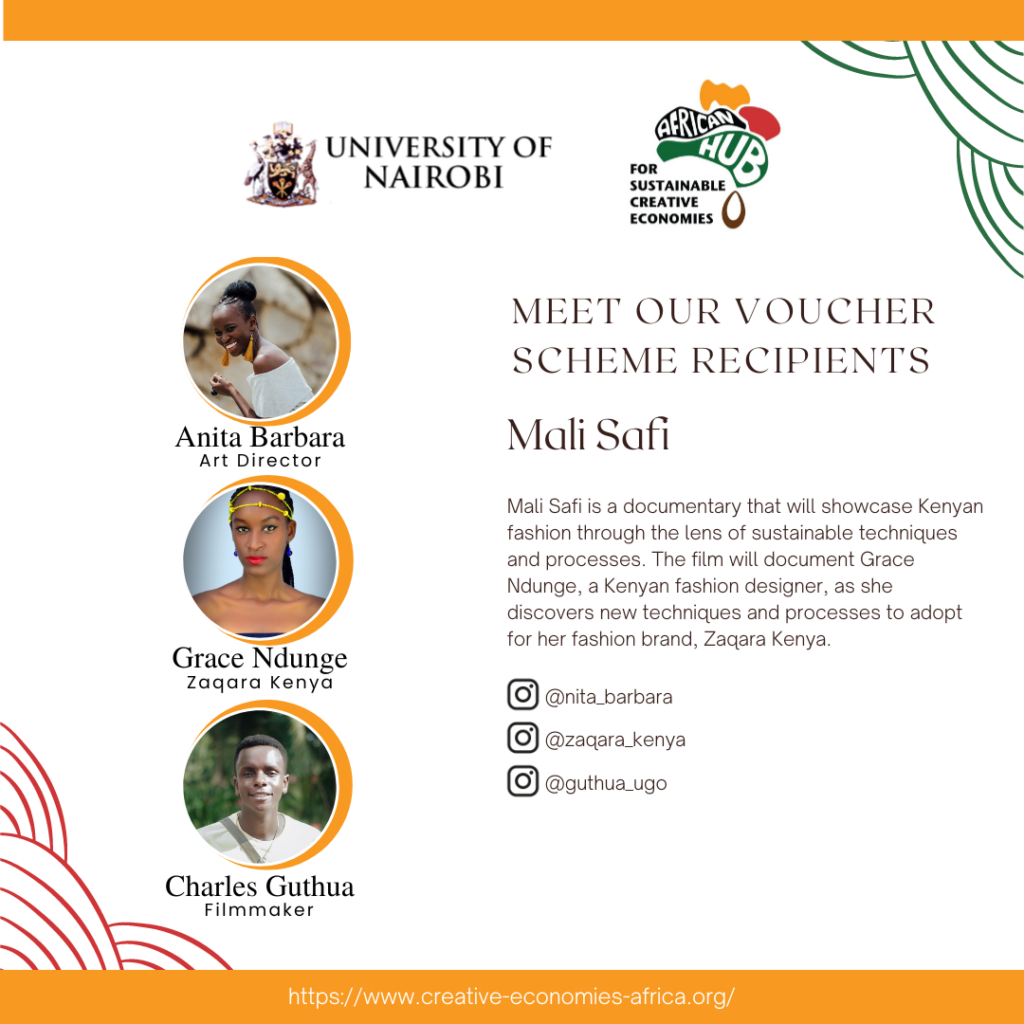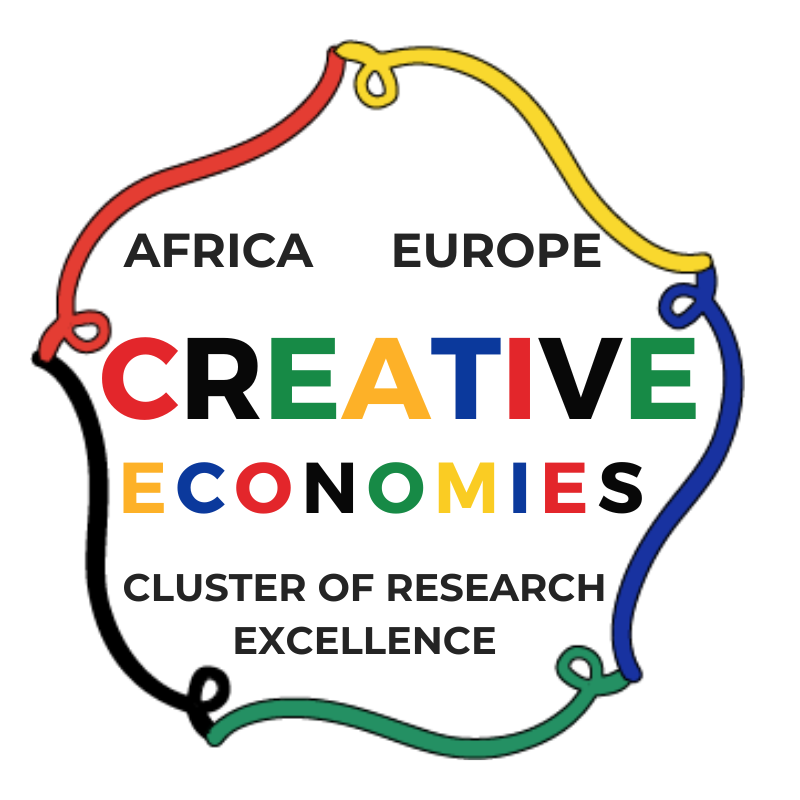By Waithira Kibuchi

How much of your life do you spend thinking about clothes? A tiny fraction, if you are like most people. You may strive to dress appropriately for different contexts in your day-to-day life, but probably never think about how your clothes got made and found their way to your wardrobe. Clothing production is a lengthy process that spans the growth and extraction of fibre, spinning of yarn, fabric manufacture, cutting, sewing, distribution and retail. This process involves multiple players at multiple stages, making up the global fashion industry, which is the world’s third-largest manufacturing sector. It is valued at USD 2.4billion and employs approximately 75 million people in its value chain*. This value is economically significant, but it harbours a concealed environmental cost. The industry is estimated to account for 2-8% of global carbon emissions and further impacts the environment through its heavy freshwater consumption, wastewater production, plastic microfiber contamination, use of pesticides, and landfill disposal*. It was this concern that brought the three minds behind Mali Safi together.
Mali Safi is a documentary that will showcase Kenyan fashion through the lens of sustainable techniques and processes. The team consists of Anita Barbara, Grace Ndunge, and Charles Guthua. Anita is an interior designer, commercial model and upcoming art director who has taken part in various runway shows, editorials, lookbooks, and commercials over the years; Grace is a fashion designer who takes pride in making quality, sustainable fashion that is accessible to all social classes; and Charles is a freelance filmmaker, photographer and creative director working to tell stories through visual production. The film will document Grace Ndunge as she discovers new techniques and processes to adopt for her fashion brand, Zaqara Kenya.
What brings each individual to the project? While working as a model, Anita has noticed that local visual production largely relies on Western visual material to guide its direction. It had also come to her attention that mainstream movies and exhibitions are increasingly highlighting a few African-inspired ideas but they do not delve into the history and knowledge attached to those themes. This missing element led her to take an interest in art direction, and she will serve this project in that capacity. Grace identifies as an ardent environmentalist and carries out some farming and landscaping alongside her work as a fashion designer. She has observed extreme changes in weather patterns over the past few years and would like to play her part in reversing this trend by incorporating sustainability into her work as a fashion designer. Charles is passionate about telling stories through the lens and was on the lookout for another opportunity to work with Anita, with whom he enjoys a great working relationship. The two of them had previously collaborated on a short fashion film about African hair.
This project seeks to demonstrate that fashion can be created and consumed sustainably in Kenya. Grace points out that while Africans have always worn clothes their production and consumption processes did not always degrade the environment as much as they do today. She believes that they have been co-opted into a Westernised fashion production and consumption model that prizes speed to market and bulk production. The Mali Safi team suggests that there is room to use simpler, slower, and more traditional methods to meet clothing demand.
Anita hopes that this documentary will enable her to make a critical contribution to matters of representation in the creative economy and contribute to her art direction portfolio. Grace is looking to learn as much as possible about sustainable practices in fashion production and use the knowledge in her creative practice. Charles is keen to experience the collaborative process that will create this knowledge and disseminate it into the world and looks at the project as an opportunity for growth.
Mali Safi is ultimately about African creatives rooting their work in authentic experiences, celebrating their heritage and telling their own stories, rather than relying on Western concepts and ideas that are handed down to them. Through this work, Anita, Grace and Charles are telling African creatives that they matter, and their work matters. They are hoping to distribute the documentary in the mainstream and use it as a launching pad for future films and collaborations with other stakeholders in the creative industry.
The AHSCE is delighted to support Mali Safi and looks forward to publishing the documentary at the end of the project.
* How Much Do Our Wardrobes Cost to the Environment? Retrieved from https://www.worldbank.org/en/news/feature/2019/09/23/costo-moda-medio-ambiente
**UN Alliance For Sustainable Fashion addresses damage of ‘fast fashion’. Retrieved from https://www.unep.org/news-and-stories/press-release/un-alliance-sustainable-fashion-addresses-damage-fast-fashion
